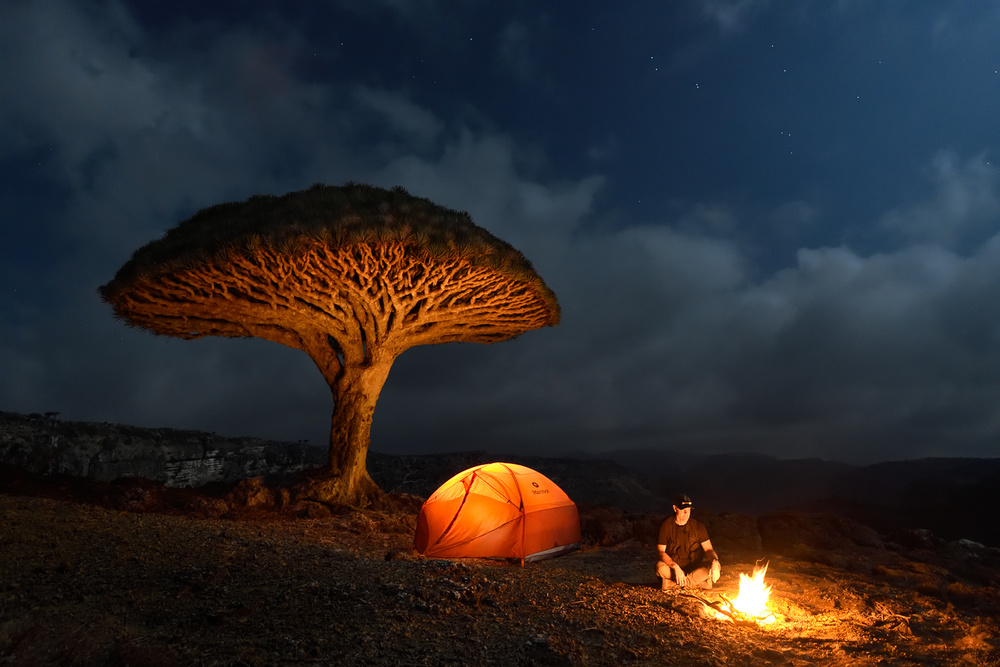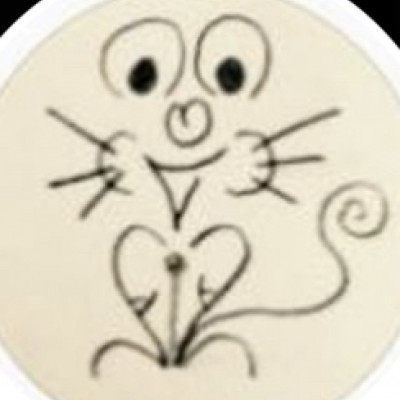SEARCH






|
|
|
|



'Camp Socotra' by Marsel van Oosten
Every photographer has a bucket list, so does Marsel van Oosten.
What brought you to this exceptional location and unique ancient Dragon Blood trees, Marsel? Can you tell us something about the preceding story?
I love trees in general, but also as photography subjects or photographic elements. In my photography I focus on powerful, graphic shapes with strong lines. The baobabs in Madagascar, the quiver trees and the famous dead camel thorn trees in Namibia are perfect examples of this. Many years ago I stumbled across an image of a dragon blood tree and it has been an obsession ever since. Not only do these trees look almost extraterrestrial, they’re also endemic to Socotra and endangered. All the more reason to photograph them.
The problem was that they only grow on Socotra, an island off the coast of Yemen. To get to Socotra you first have to go through Yemen. The political situation in Yemen has been problematic for most of this century, so I was basically waiting for things to settle down. Well, that didn’t happen. When the civil war started, I knew that it would get really difficult to get there. The first thing that happened is that there were no flights to the island anymore. Too dangerous. Sometimes there was one, but not for foreigners. I kept checking for possibilities and then suddenly I heard about a flight going to Socotra. I figured that if an airline thinks it’s safe to land in Yemen, it probably is. I decided to go.
How did you finally get to this amazing and surreal destination?
I flew from Amsterdam to Cairo, then from Cairo to Yemen, and from Yemen to Socotra. When we landed in Yemen it was kind of unnerving - all along the runway there military vehicles with anti-aircraft missiles, fully loaded fighter jets, and helicopters with machine guns and missiles. That’s when it really hit me that we just landed in a war zone. Luckily our stay on the mainland was short and we soon continued to Socotra. We used a 4x4 to move from one place to the other. Most of our scouting was done on foot. The infrastructure is very poor and you really have to hike to see what’s out there.
Can you explain something more about your workflow and technique to shoot those gorgeous trees and particularly this one?
This was a rather technical shot for two reasons: I’m shooting straight into the sun so the dynamic range of the scene is much larger than that of my sensor, and I’m really close to the foreground so it was impossible to get foreground to background sharpness with only one shot. For the first challenge I had to shoot different exposures (brackets) which I would later merge into an exposure blend. For the second challenge I had to shoot a focus stack - shooting multiple images at different focal points, ranging from the foreground to the background. In post processing I first did the exposure blends for each focal distance, and with the resulting images I created the focus blend. Part of this technique is automated, but the final blending is all manual.
And last but not least, can you reveal us what was going through your mind in front of so much surreal beauty?
I was amazed by the surreal beauty of these trees. For so long I wanted to see and photograph them, so when I was finally walking amongst them, it was a very special feeling. But I was there on a mission, so tried to stay focused and concentrate on finding good locations, like this one. On the outside I always look super cool and relaxed, but I actually find these sunrise landscape shoots rather stressful. The first reason is the realization that in the early morning the light is only going to get worse. That immediately puts the pressure on to work as fast as you can. At the same time you realize that with a technical shot like this you only have one chance. If you screw it up, it’s done because the light won’t be good anymore. The moments before I have found the right scene and the best composition are also like this: stress. Am I going to find anything good? I don’t particularly enjoy this feeling, but I know I perform well under pressure so I just trust my instincts.
Thank you so much, Marsel.
For those interested to see the full video about this journey, you can watch it on www.squiver.com
 | Write |
 | TThomopoulos Very nice interview and bravo for the picture :) |